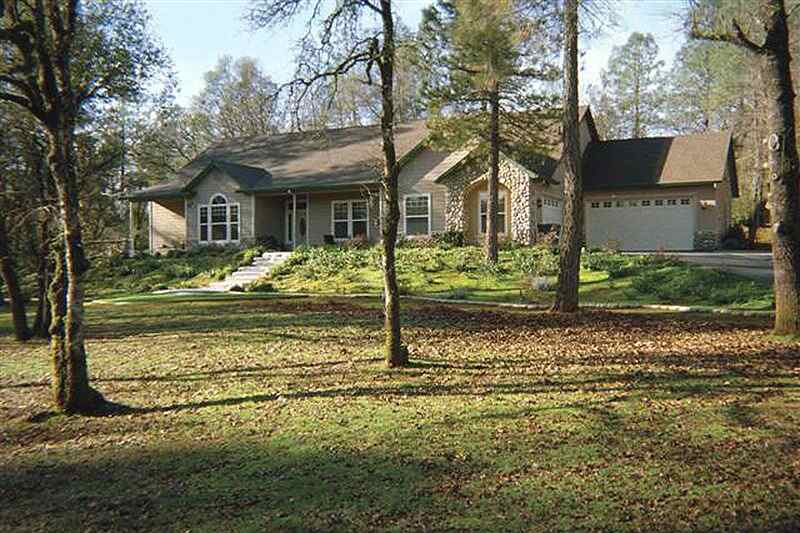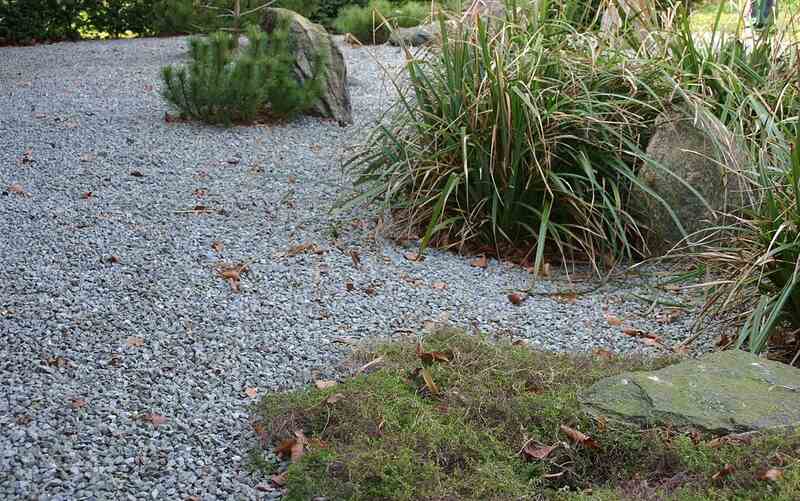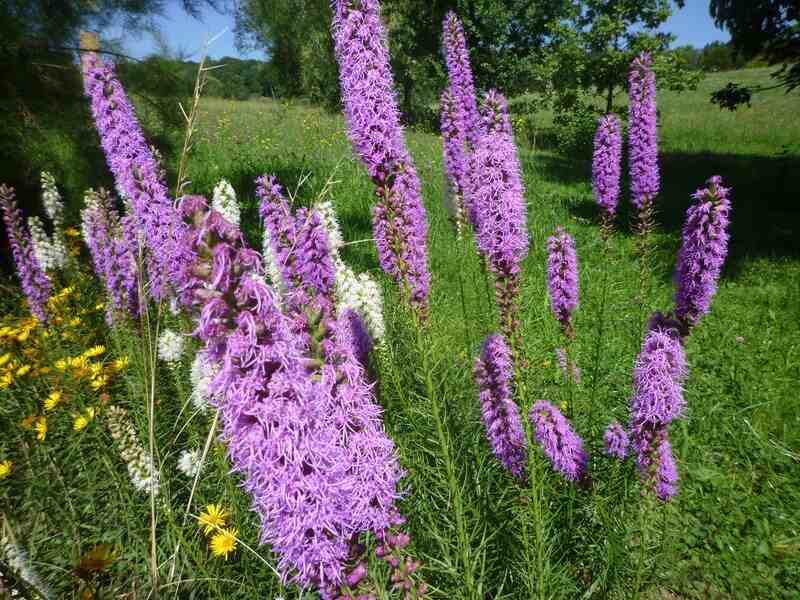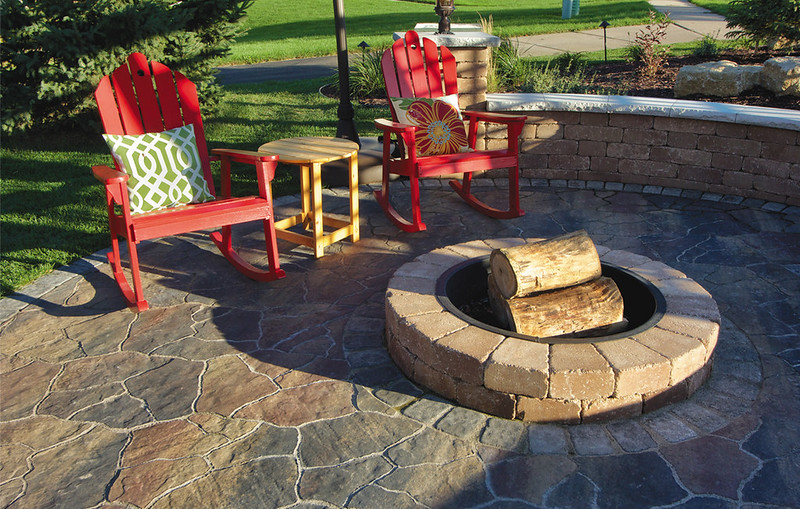How Landscaping Can Keep Your Arizona Home Safe From Wildfires
BY WHITNEY LEHNECKER | MAY 15TH, 2023 | ARIZONA, LAWN CAREWildfires are a fact of life here in Arizona. And while you can’t stop them from occurring, a really good fire-resistant landscaping strategy will help keep your home safe from serious damage, or even total ruin due to wildfires.
Don’t get the wrong idea. There is no such thing as fireproof plants. Plants burn. But if you select plants that don’t ignite violently, create a buffer zone around your house, and choose your hardscape materials wisely, you remove the fuel that wildfires need to be, well, wild.
In this article:
- Create a Defensible Space
- Apply Fire-Resistant Mulch
- Grow Fire-Resistant Plants
- Use Non-Flammable Materials
- Build Hardscapes
Fire-Retarding Strategies
1. Create a Defensible Space

Photo Credit: Oregon Department of Forestry / Flickr / CC BY 2.0
Defensible space is the barrier between your property and the vegetation around it. It slows down or prevents fire from igniting your home. Not just that, but defensible space makes it easy for firefighters to put out the fire without endangering their lives.
The University of Arizona Agricultural Extension Service recommends dividing a property’s defensible space into three zones:
Zone 1
Zone 1 extends 30 feet from home and should be free of fire hazards.
Here are some guidelines for this zone.
- There should be no vegetation at all within five feet of the home.
- Remove debris and other plant materials from your roof, gutters, and decks.
- If your roof is damaged, repair or replace it to prevent ember penetration. Also, repair damaged windows.
- Beyond five feet grow only fire-resistant plants in this zone. Keep the plants trimmed and water them regularly.
- Any fence within this zone should be of metal or other non-combustible material.
- Growing trees in this zone is highly risky. If you already have a tree in this zone, we recommend transplanting it elsewhere.
- Don’t use organic mulch in this zone, as it can easily catch fire. Instead, you can use bricks, gravel, and pavers.
- Don’t store firewood on your deck. Move it to zone 2.
Zone 2
Zone 2 extends beyond 30 feet. Here are some guidelines to prepare this zone for fire.
- Don’t let the grass grow more than 4 inches.
- There should be at least 10 feet between the branches of adjacent trees.
- Prune trees so that their branches don’t exceed 1/3 of their height.
- Remove diseased trees. Diseased trees tend to be drier and more brittle, making them easier to ignite.
- Construct walkways, patios, and driveways in between as they can block fire spread.
Zone 3
Zone 3 extends to your property line. This zone obstructs the fire’s path and keeps the flames on the ground.
Here are some tips for this zone.
- Remove diseased and dead plants and trees.
- Remove debris.
- Large trees provide shade, but they can cause devastating damage during wildfires. Keep them trimmed.
2. Use Fire-Resistant Mulch

Photo Credit: Sten Porse / Wikimedia Commons / CC BY-SA 3.0
Mulch helps plants conserve water and reduce weed growth. But choosing the wrong mulch is like adding fuel to the fire.
Inorganic mulches like gravel, pebbles, and river rocks have great fire resistance. These mulches also look good and require little maintenance.
If you prefer organic mulches, we recommend wood chips as they are the least flammable. In fact, a study by the University of Nevada Cooperative Extension indicates that composted wood chips are the least flammable mulches.
Avoid the following mulches:
- Pine bark
- Pine needles
- Shredded rubber
- Straw
- Cedar bark
3. Grow Fire-Resistant Plants

Photo Credit: Pxhere
This term is a bit of a misnomer. No plants are fire-resistant. That is, they all burn and die when exposed to flames. But some plants won’t help spread flames.
Fire-resistant plants:
- Hold moisture and don’t require frequent watering.
- Grow slowly and close to the ground.
- Contain no, or low, resin or volatile oil.
- Have loose branches.
Here are some of the most fire-resistant plants:
- Gayfeather (Liatris spicata)
- Skyflower (Duranta erecta)
- Bottlebrush (Callistemon)
- Elaeagnus (Elaeagnus pungen)
- Kidneywood (Eysenhardtia texana)
- Eastern red cedar (Juniperus virginiana)
But before you start growing these plants, be sure to plant them correctly.
- Ensure there’s enough space between plants to help mitigate the flames. We recommend separating shrubs by at least twice their height. Tree branches should be at least 10 feet from the branches of adjacent trees.
- If you want to group plants, do so in small clusters. Avoid grouping in masses.
- Maintenance is essential. Remove dead leaves and branches. Also, water the plants regularly.
Fire travels faster uphill, so if you live on a hill, increase the distance between the plants.
| Slope Size | Shrub Distance | Tree Distance |
| Flat to mild slope (less than 20%) | 2 times the shrub’s height | 10 feet |
| Mild to moderate slope (20% to 40%) | 4 times the shrub’s height | 20 feet |
| Moderate to steep slope (greater than 40%) | 6 times the shrub’s height | 30 feet |
4. Use Non-Flammable Materials Instead of Wood
Wood fences, pergolas, and gazebos look great, but they quickly catch fire and spread. Metal is a fire-resistant alternative to wood.
Metal structures don’t look as classy and elegant as wood, but they are cheaper, more durable, and require less maintenance. Just wash metal structures regularly, and they will last for years without you having to worry about decay, rot, and insects.
5. Build Hardscapes

Photo Credit: Rochester Concrete / Flickr / CC BY 2.0
Hardscapes are non-living materials added to a landscape design. They can be both decorative and practical, and more importantly, they create non-flammable barriers between a wildfire and your home.
Hardscapes include:
- Driveways
- Walkways
- Fire pits
- Patios
- Retaining walls
- Fences
- Pergolas
- Gazebos
If you’re in an area prone to wildfires, you obviously shouldn’t use materials like wood for your hardscapes. Instead, use concrete, bricks, and metal to minimize fire spread.
Installing retaining walls around plant beds can prevent flames from reaching the plants. Constructing walkways in between your garden can also slow fire spread.
Larger hardscapes like patios, pergolas, and gazebos can create fire-resistant zones around your home. They also help firefighters battle the fire without endangering their lives.
The Final Word
Arizona is one of the most wildfire-prone states in the country, so it pays to put a little thought into how to protect your home.
Creating defensible space, growing fire-resistant plants, applying mulch, building hardscapes, and constructing metal structures can help minimize fire damage. Installing artificial grass can also help slow the advance of a fire.
Sound like too big a job for one person? Get in touch with Wikilawn’s lawn care pros, who can help you create a yard that is both beautiful and safe.
Main Image Credit: Yuma, Arizona / Cbl62 / Wikimedia Commons / CC BY-SA 3.0